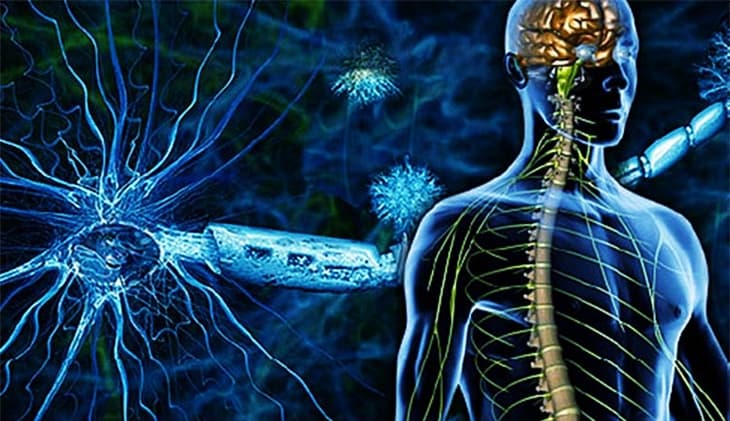
Multiple Sclerosis (MS) is a progressive, painful, and debilitating disease that starts when our immune system, the defensive mechanism that protects our body from disease, turns against us and begins attacking structures inside us needed to function normally, particularly the myelin sheath, the protective layer covering the nerve cells of the brain and spinal cord. When this happens, the tissue surrounding our otherwise healthy nerve cells begin to harden and thicken, ultimately damaging the nerves permanently, causing them to lose their ability to transmit signals from the brain to the rest of the body, making even the simplest tasks, such as walking and talking, difficult.
MS affects millions of people, especially those who have the risk factors identified with it. Early signs and symptoms commonly begin in women between the age of 20 to 40 but could also occur at any age and in both genders. Multiple Sclerosis often remains undetected during its early stages then progresses slowly over many years until symptoms become more obvious and begin to affect daily function.
Diagnosing Multiple Sclerosis is quite difficult, no thanks to the different symptoms with which it presents itself. These symptoms arise in different parts of the body and are also observable in other diseases, which is why specialists should be able to rule out other conditions in order to ascertain whether or not a patient is suffering from MS.
Knowing what signs to look out for, as well being familiar with the risk factors known to predispose an individual into getting Multiple Sclerosis, can help identify the disease better.


